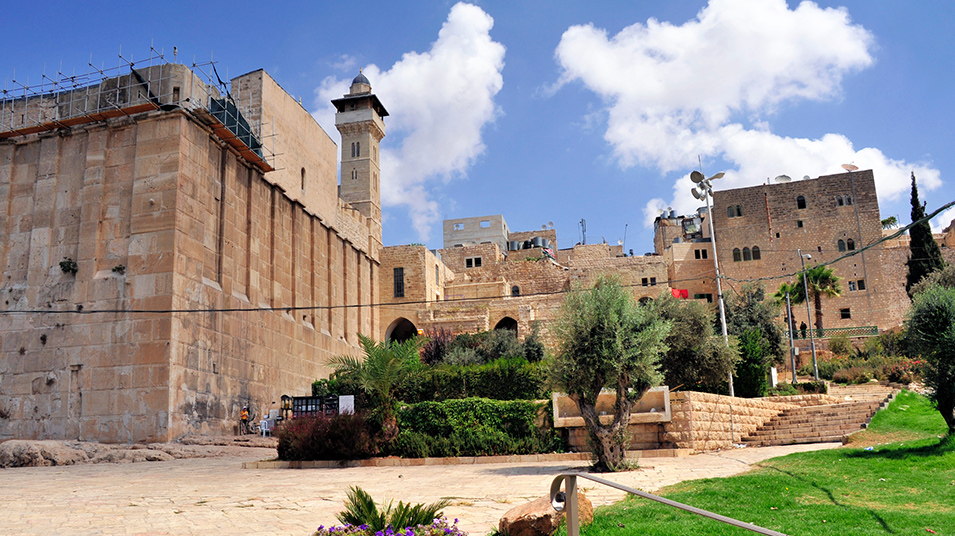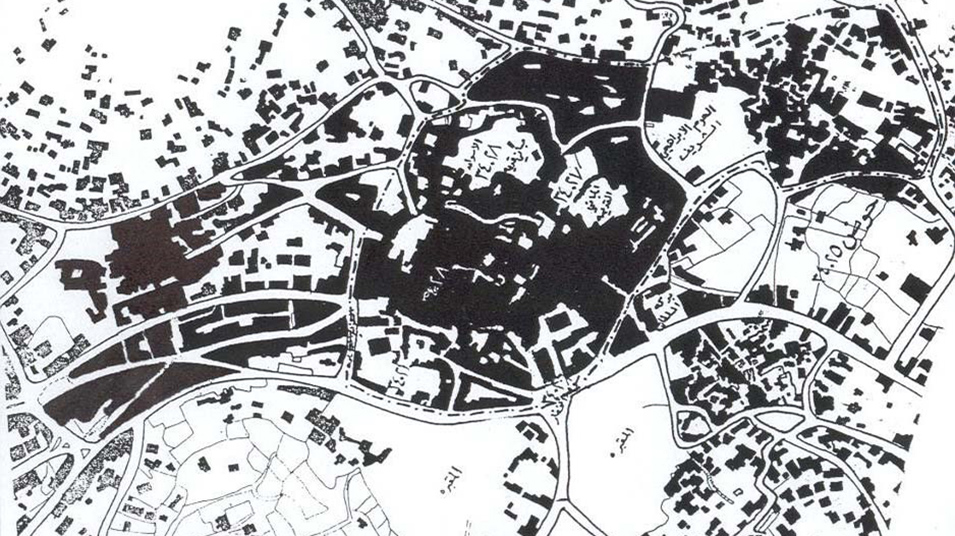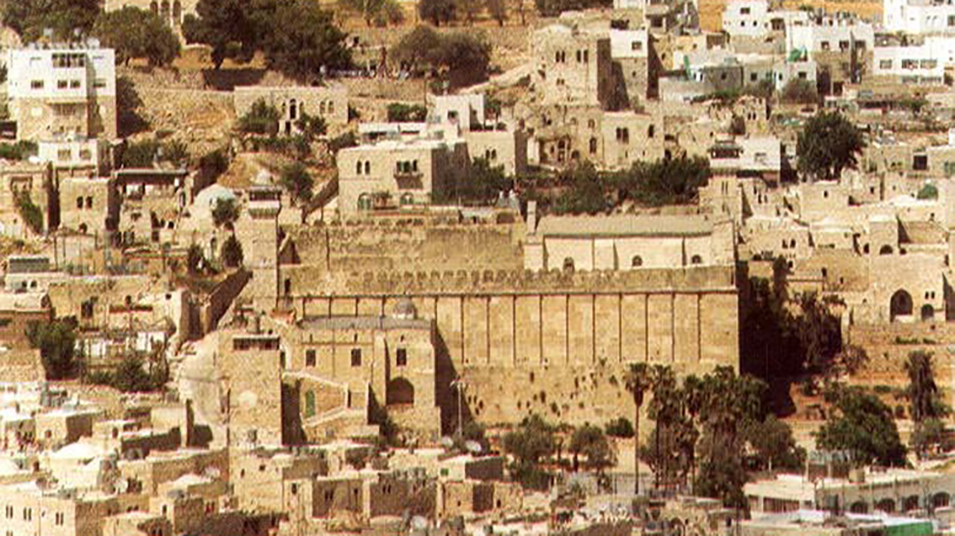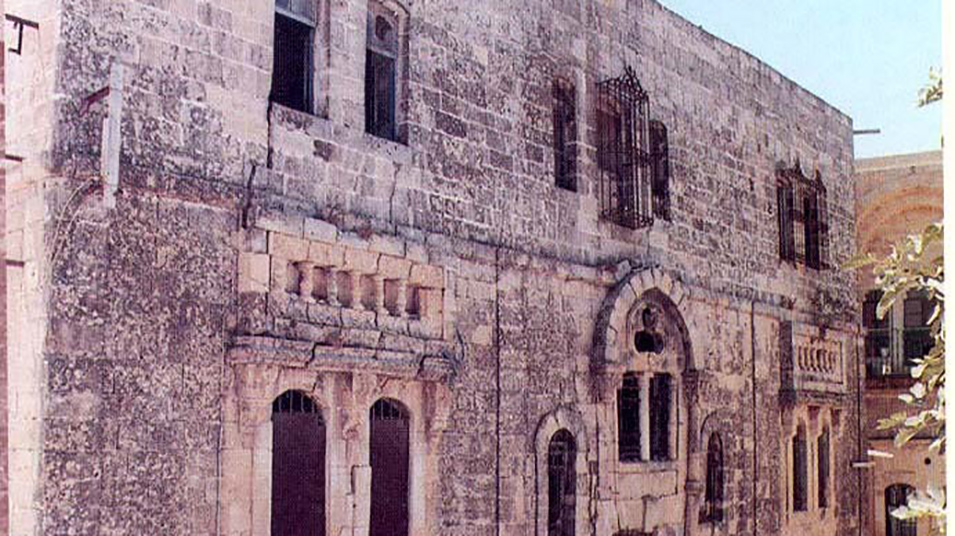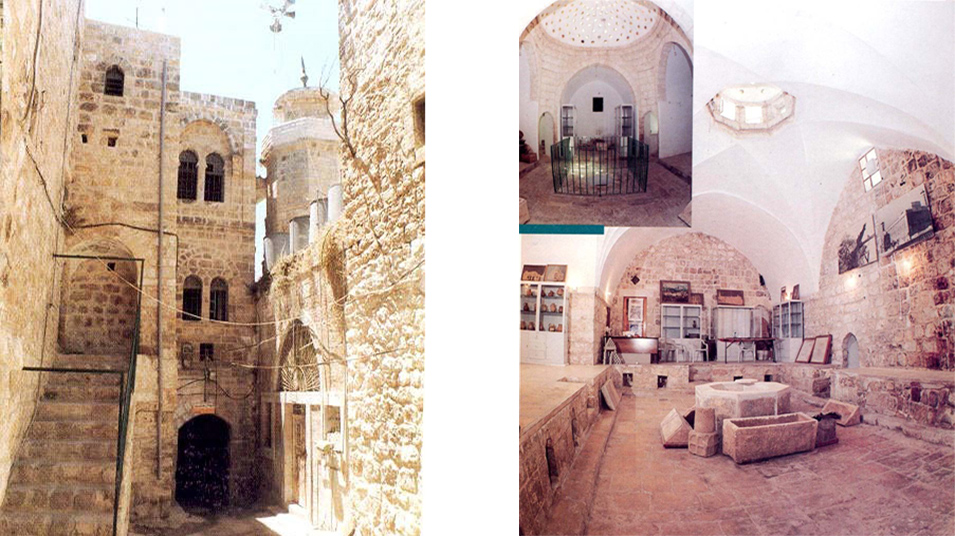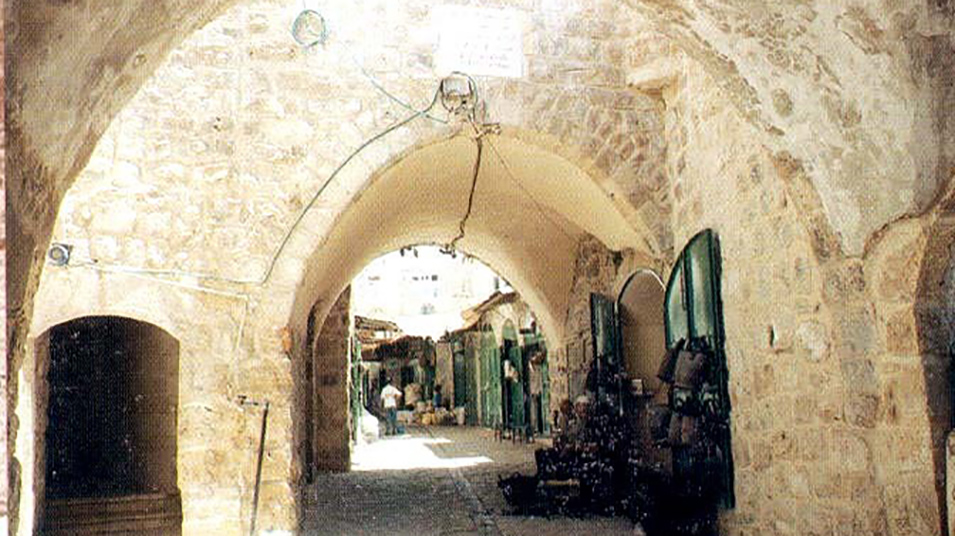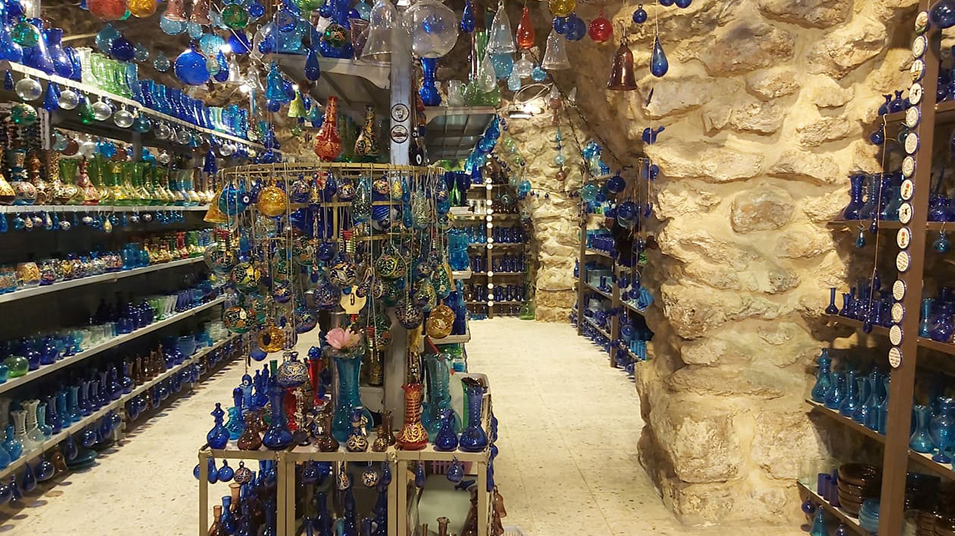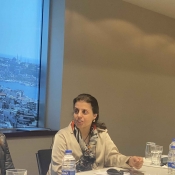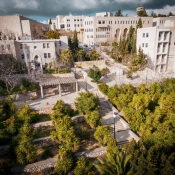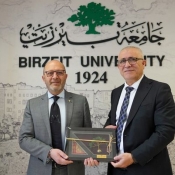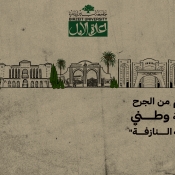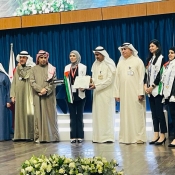Hebron selected as INNOMED-UP project pilot area/1
The city of Hebron is regarded as one of the most ancient towns in Palestine. Its history goes back more than six thousand years. Sometime before the fourth century B.C., the Canaanite, who emigrated from the Arabian Peninsula to Greater Syria and Iraq, founded the town and lived in it. The population of the city is around 215,000 people.
Since the appearance of Islam, Hebron has always occupied a special holy status in the hearts of the Moslems simply because the Holy Ibrahimi Mosque is located in the heart of the town. That shrine is built over the cave of Abraham which embraces his tomb and the tombs of his sons and their wives. This holy mosque is one of most sacred among the Islamic shrines to which the hearts of the Moslems all over the world are deeply attached.
In the early history of Hebron, the buildings and the population were concentrated in the area surrounding the Ibrahimi Mosque, and that area is known nowadays as the old town.
The old town is characterized by superimposition of buildings, overlooking narrow roofed streets in many locations. All such houses were built in local Islamic architectural style which utilized mainly the Hebronite calcite and lime stones. Hebron in its past and till recently has been famous for its marketplaces, textile workshops, pottery, and traditional glass industry. Such industries are still carried on along with other modern industries in outer parts of the city. The old town was affected by the massive urban growth which took place in the city, but the traditional population of the old town did not abandon it till recently, thus changing the normal features of the usually overpopulated area.
The surface area of the old town is approximately 244 Donums; (which is around 244.000 square meters) and the total area of Hebron is around 27.000 Donums. Around 80% of the old town is occupied by buildings built according to the ancient Islamic style. Its Old City of stone roofs, archways and never-ending alleyways is the perfect playground for the sensory delight of the markets and bazaars that had been named after crafts they were famous of, for instance: Kazazin (Glass craftsmen) neighborhood, the Hadadeen (blacksmith) market, and so on. The city has won the “international artisan city for the year 2016” certificate by the International Crafts Council due to its distinguished long history making the original Palestinian heritage and traditional crafts.
The INNOMED-UP project is funded by the #EU under ENI CBC Med Programme to the support of the EU/Programme
#INNOMED_UP #INNOMED_UP_Mediterranean#upcycling_INNOMED_UP #CircularEconomy #Circular_Economy #EU#Mediterranean #ENICBCMED

